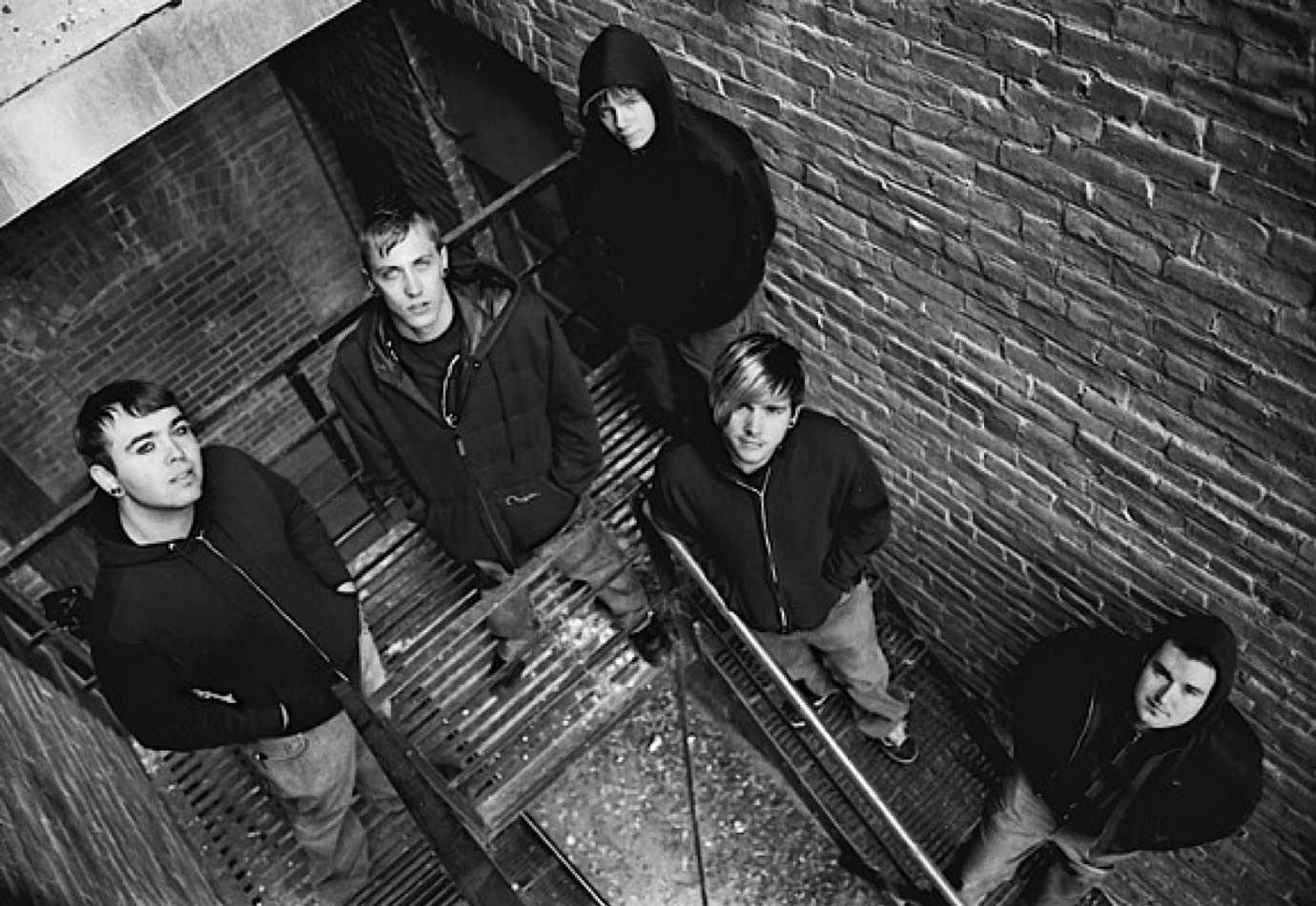Set Yourself on Fire
I use the term “set yourself on fire” frequently. To me, it means a sink-or-swim moment: you’ll either find a way to put this fire out, or you’re toast.
It removes the option to fail just a little bit. You now either make this work, or you go down hard.
For me, and for most people I know, this is both horribly frightening and incredibly motivating.
From Drawing Garfield to Marketing a Band

When I was a musician1, we had no income. On tour, we were lucky to get paid $100 for a show, and sometimes we could pull together $50 in sales from the merch table. It barely covered gas to get to the next city.
I use the term “musician” loosely, here.
There was no budget whatsoever, so things like “marketing budgets” were never even discussed.
But there was a need for marketing: tour posters, merchandise, album art, web banners, MySpace customizations, a website.
There was no one to do the work. We couldn’t afford to hire help, and none of us knew anything about that stuff.
I figured, “I drew pictures of Garfield and the Ninja Turtles when I was a kid; I can figure out a tour poster.”
I had no experience, and no idea what I was doing. But I couldn’t see any reason that I would fail. So I set myself on fire.
The posters weren’t great. But they also weren’t terrible.
The MySpace page went through several iterations, all of which were — let’s be honest, here — pretty MySpacey.
The first website I built was horrible.2 It was a table-based layout with no CSS, and it used iframes for content. But goddammit, if you clicked our “shows” link, you saw a list of shows.
This isn’t actually the very first site. The Wayback Machine doesn’t have a copy of it, unfortunately.
Yeah, it sucked. But it worked. And I fucking built that.
From a Dude in a Band to a Web Designer
Over the few years that my band was touring, I rebuilt that website over a dozen times. At first because I could see the horrible mistakes I was making, but then it just became a fun thing for me to do in the downtime between soundcheck and going onstage.
When the band broke up, my friend Nate Green asked me if I’d help him build a website for his new personal brand.
I had no idea how to build a website someone else could manage, but I couldn’t see any reason that I would fail. I set myself on fire again.
Nate’s website wasn’t ground-breaking, but it worked.
Nate’s business grew, and I was suddenly a web designer.
My Life, Slightly Singed
The challenges over the years have changed, but I’ve tried to keep my response consistent: I can handle that.
If I look at a challenge and it doesn’t put anyone in danger — I’m not going to volunteer to build a rocket or perform open-heart surgery, here — I’ll take it on.
Yes, I can back that trailer into the boat slip.
Yes, I can cook a turkey.
Yes, I can work with AngularJS.
In each of these scenarios (all of which are real moments in my life), I had never done the thing I had just told someone I was able to do. But I trusted myself to figure it out.
I set myself on fire.
In every case, I figured it out. I moved slowly, I did a shitload of Googling, and in the end I delivered a result that was good enough to make everyone involved happy. And with practice, I’ll get to the point that it’s just a thing I know.
Set Yourself on Fire
What are you trying to learn right now? Have you been putting it off? How can you remove your safety net so you have to learn it?
Have you set yourself on fire in the past? Or been set on fire by someone else?
Hit the discussion link and let me know.
What to do next.
If you’re like me, the idea of traveling permanently while making a living probably seems like a dream — but you don’t think you can pull it off.
I felt that way right up until I actually boarded a flight to leave the United States back in 2014 — and now I can’t believe I didn’t start living this life sooner.
The secret to a life on your terms — work where and when you want, living anywhere in the world — is remote work. And there’s good news: it’s easier than ever before to join the ranks of location-independent workers around the world.
I want to help you. The best remote workers all have a set of non-technical skills, and I’ve put together a free 6-point checklist to help you master them — and ultimately master your time and ability to work anywhere in the world.